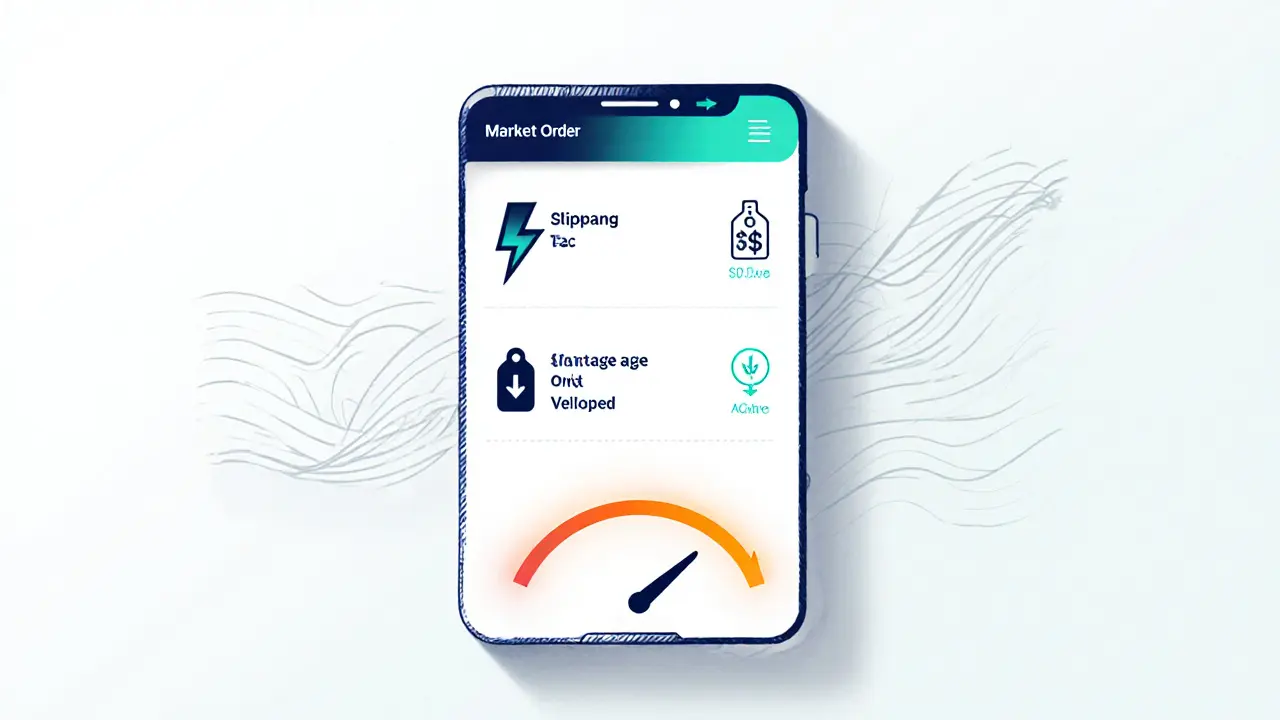Limit Orders: Mastering Precise Trade Execution
When working with limit orders, a type of order that lets you set the exact price at which you want to buy or sell a crypto asset. Also known as price‑controlled orders, they give you control over entry and exit points without relying on market volatility.
Limit orders sit alongside other market orders, which execute immediately at the best available price. While market orders guarantee speed, they can leave you with an unexpected price, especially in fast‑moving markets. Stop orders, orders that become market orders once a trigger price is hit, add another layer for risk management. Understanding these three order types is essential for any trader who wants to balance speed, cost, and protection.
Why Use Limit Orders?
Limit orders enable you to lock in a target price, which is crucial when you have a clear strategy. For example, if you believe Bitcoin will bounce back at $28,000, a limit buy at that level ensures you don’t overpay if the price spikes. Likewise, a limit sell at $30,500 can secure profit without constantly watching the chart. This precision helps you avoid slippage – the difference between expected and actual execution price. In practice, limit orders are a core part of trading strategies, such as breakout, swing, or dollar‑cost averaging plans that rely on specific price points. When your strategy includes predefined entry and exit zones, limit orders become the glue that holds everything together.
The order book on any exchange is a live ledger of all pending limit orders. Liquidity providers place buy and sell limits, creating price levels where trades can happen instantly once matched. Higher liquidity means your limit order is more likely to fill quickly, while thin markets can leave orders pending for hours. Knowing the depth of the order book helps you set realistic price targets and avoid stale orders. Many platforms also let you set "post‑only" flags, ensuring your order adds liquidity rather than taking it, which can reduce fees on some exchanges.
Risk management benefits from limit orders too. By pairing a limit sell with a stop‑loss limit, you create a safety net that caps both upside and downside. This dual‑order approach is common in volatile crypto markets where price swings can be dramatic. Some traders automate this with conditional orders, but the basic idea remains: a limit order defines where you want to be, a stop order defines where you don’t want to be.
When choosing an exchange, look for features that support advanced limit order types: Good‑Till‑Canceled (GTC), Immediate‑Or‑Cancel (IOC), and Fill‑Or‑Kill (FOK). GTC keeps your order open until it fills or you cancel it, perfect for long‑term targets. IOC attempts to fill immediately and cancels any unfilled portion, useful for quick scalp trades. FOK only executes if the entire order can be filled at once, protecting you from partial fills that could expose unwanted risk. These nuances turn a simple limit order into a flexible tool that adapts to any trading style.
Below you’ll find a hand‑picked collection of articles that break down limit orders from every angle. Whether you’re just starting out or fine‑tuning a sophisticated strategy, the guides cover real‑world examples, fee calculations, platform comparisons, and step‑by‑step setups. Dive in to see how limit orders can sharpen your edge in the crypto market.
Market Orders vs Limit Orders: How They Work in Order Books
Learn how market orders and limit orders work inside an order book, when to use each, and how they affect speed, price, slippage and liquidity.
VIEW MORE
